Hurricane Beryl, a Category 1 storm, struck Houston on Monday. The hurricane knocked out power to over 1.5 million customers.
Half a million Texans still lack electricity days later. This event marks the third major power outage in Houston since 2021.
CenterPoint’s Grid Reliability Questioned
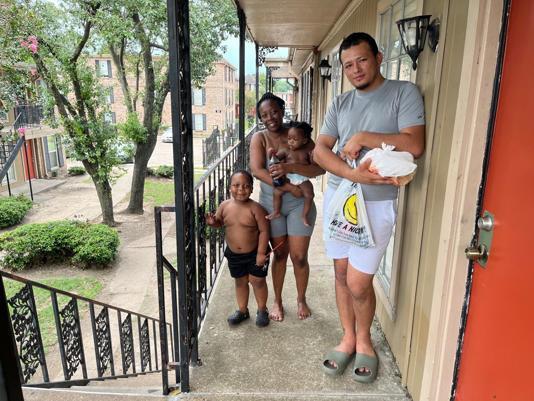
Whisker Labs data shows CenterPoint’s grid is one of the most unstable in the U.S. Outages occur at twice the national average in CenterPoint’s service area.
The utility disputes these findings, claiming their system “operated as designed”. CenterPoint has faced criticism for similar outages in 2021 and 2023.
Prolonged Outage Poses Health Risks
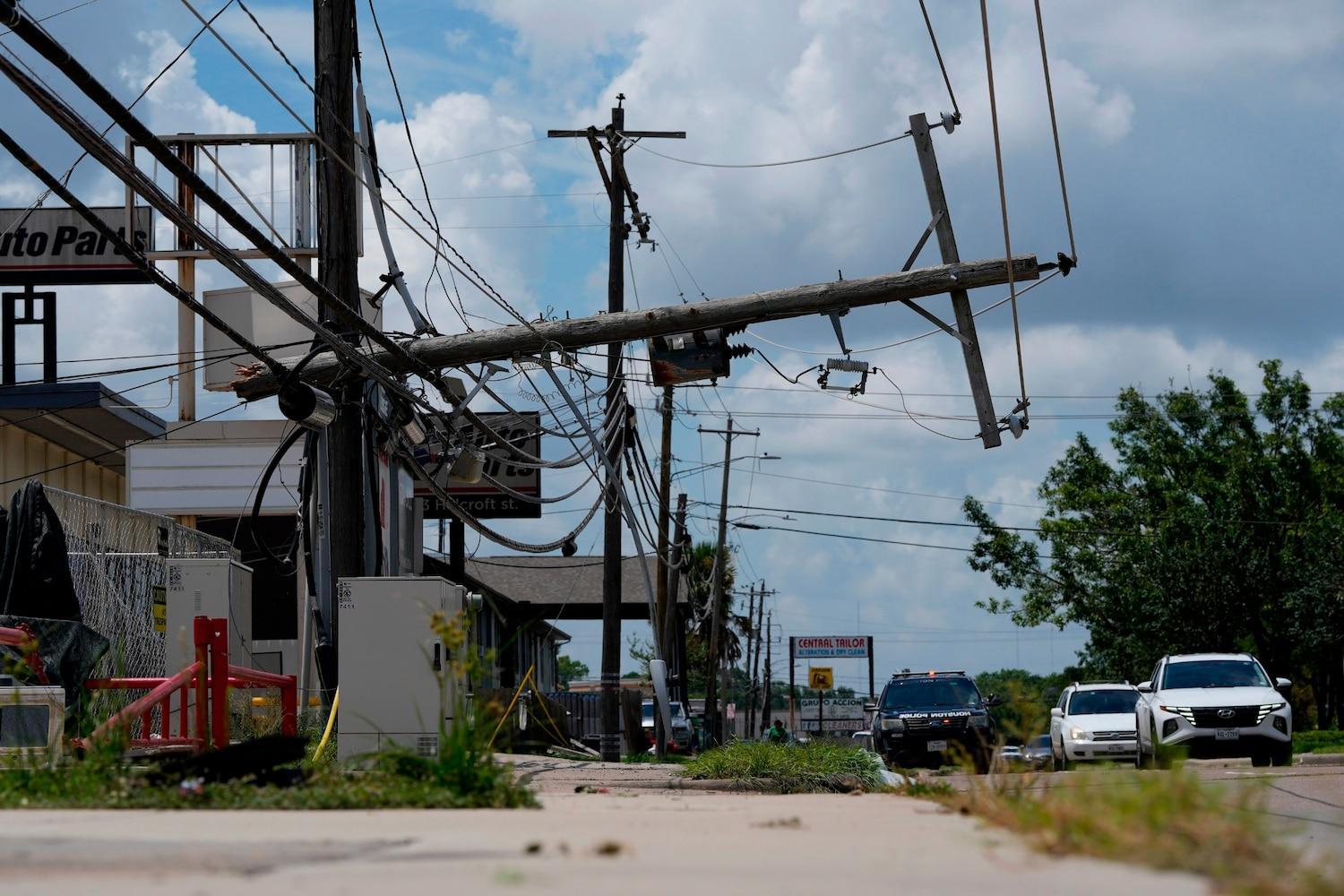
Hospitals report an increase in heat stroke cases. Food spoilage becomes a concern as refrigerators remain powerless.
The heat index surges into triple digits, exacerbating health risks. Historically, extended power outages have led to increased mortality rates, with a 2003 New York blackout resulting in 90 excess deaths.
Economic Impact of Power Loss
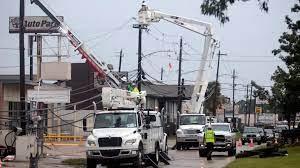
Businesses remain closed due to lack of electricity. Workers face lost wages as they cannot report to work.
The economic cost of the outage could reach billions, similar to the $18 billion loss from the 2021 Texas freeze. Small businesses are particularly vulnerable, with 40% failing to reopen after disasters, according to FEMA.
Utility’s Response Under Scrutiny

CenterPoint claims to have restored power to 1.1 million customers. However, 500,000 may remain without power into next week.
The company’s $2 billion “resiliency” plan awaits regulatory approval. This plan follows a national trend, with U.S. utilities proposing $140 billion in grid hardening measures since 2020.
Political Pressure Mounts on CenterPoint
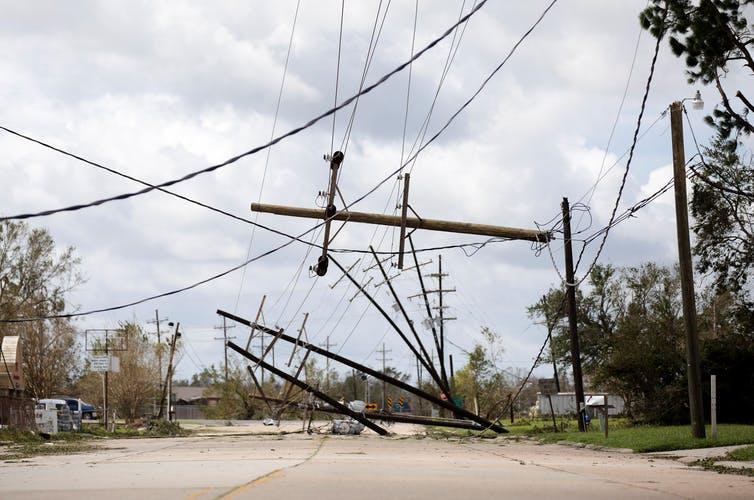
Governor Greg Abbott calls for an investigation into repeated outages. Houston’s mayor expresses anger and frustration at the situation.
The lieutenant governor questions CenterPoint’s preparedness. This political scrutiny echoes similar situations nationwide, with 29 states implementing grid resilience legislation since 2021.
Climate Change Challenges Utilities Nationwide
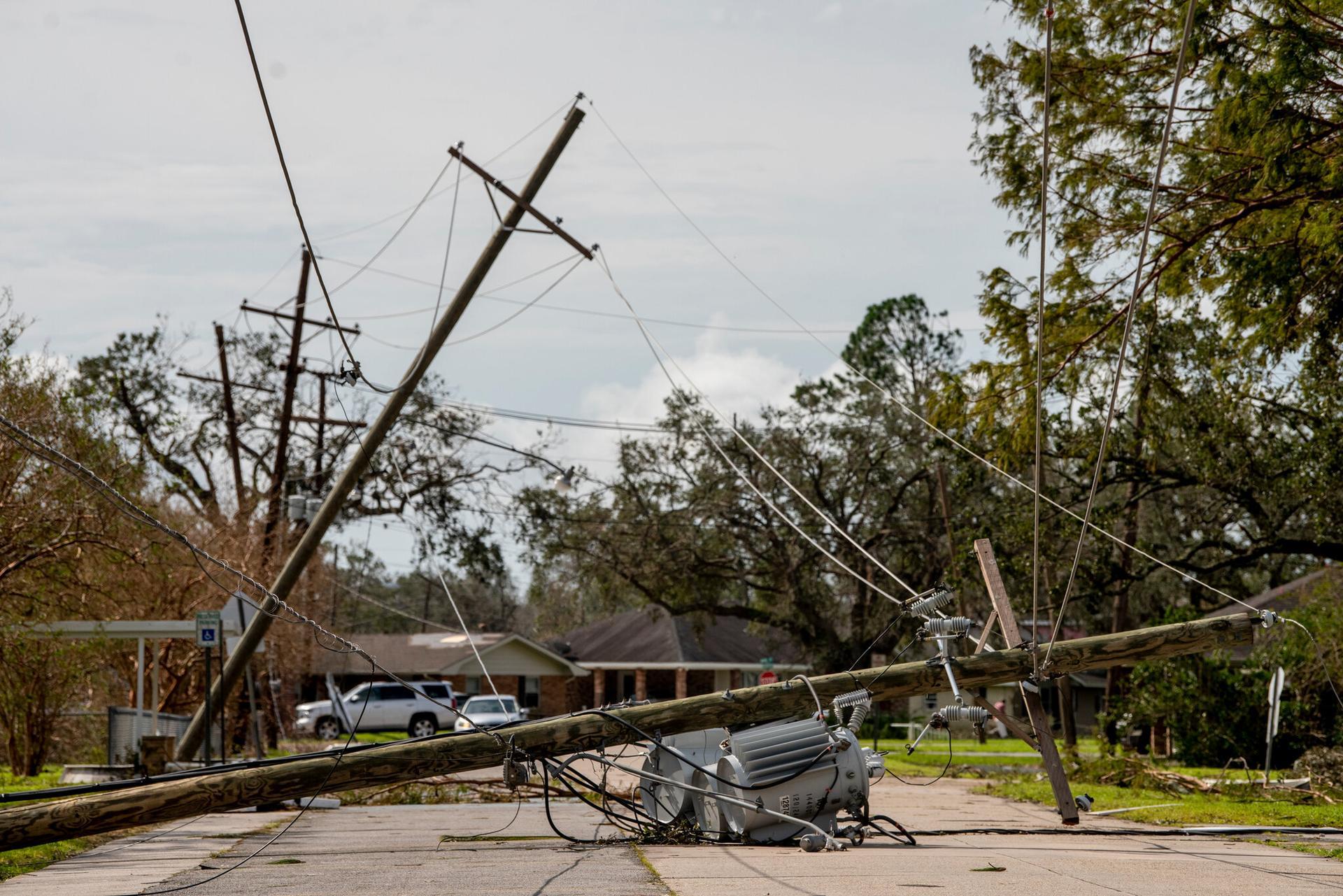
Extreme weather events are becoming more frequent and intense. Utilities struggle to adapt infrastructure to these changing conditions.
Similar situations have occurred in California, Hawaii, and other states. The U.S. has experienced a 67% increase in major power outages since 2000.
Balancing Upgrades and Affordability Concerns
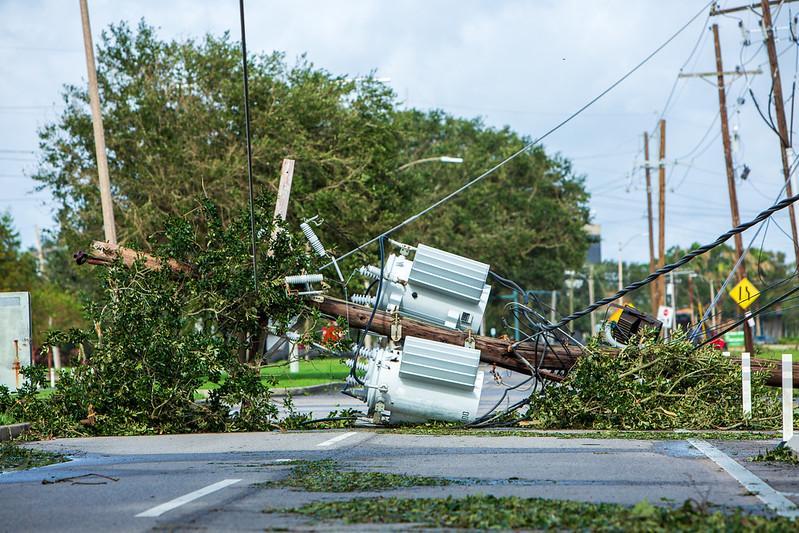
CenterPoint’s proposed upgrades would take years to complete. Debates continue over how much ratepayers should contribute to improvements.
The utility faces pressure to prioritize grid resilience over profits. Nationally, electricity rates have increased by 21% since 2008, partly due to infrastructure investments.
Vulnerable Communities Hit Hardest
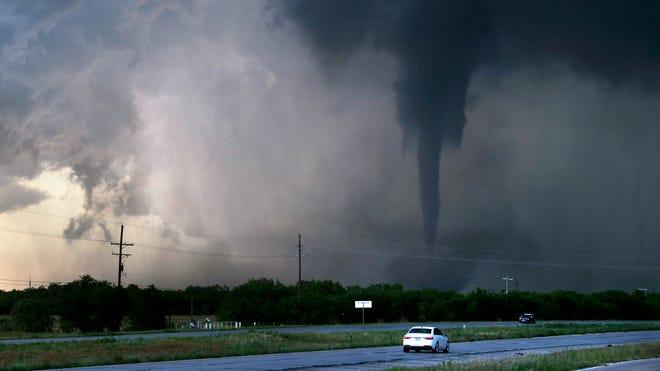
Low-income and immigrant communities face disproportionate impacts. Many lack resources to relocate or purchase generators.
Language barriers complicate access to emergency information and services. Studies show low-income households spend 3 times more of their income on energy costs than higher-income households.
Public Health and Safety Concerns

Cooling centers open across the region to provide relief. Officials worry about unreported heat-related fatalities.
Carbon monoxide poisoning risks increase as people use generators. During the 2021 Texas freeze, 246 deaths were attributed to the prolonged power outage.

